Choosing the right food for your dog is vital. Grain free dog foods have gained popularity among pet owners.
Many believe these diets are healthier and can prevent allergies. Grain free options usually contain higher protein and fewer carbs. They often feature ingredients like meat, fish, and vegetables. This change appeals to pet owners who want to enhance their dog’s overall health.
Some dogs may have sensitivities to grains, causing digestive issues or skin problems. A grain free diet can help with these concerns. Understanding the benefits and potential drawbacks of grain free dog foods is essential. It can guide you in making the best choice for your furry friend. Let’s explore what grain free dog foods are all about.
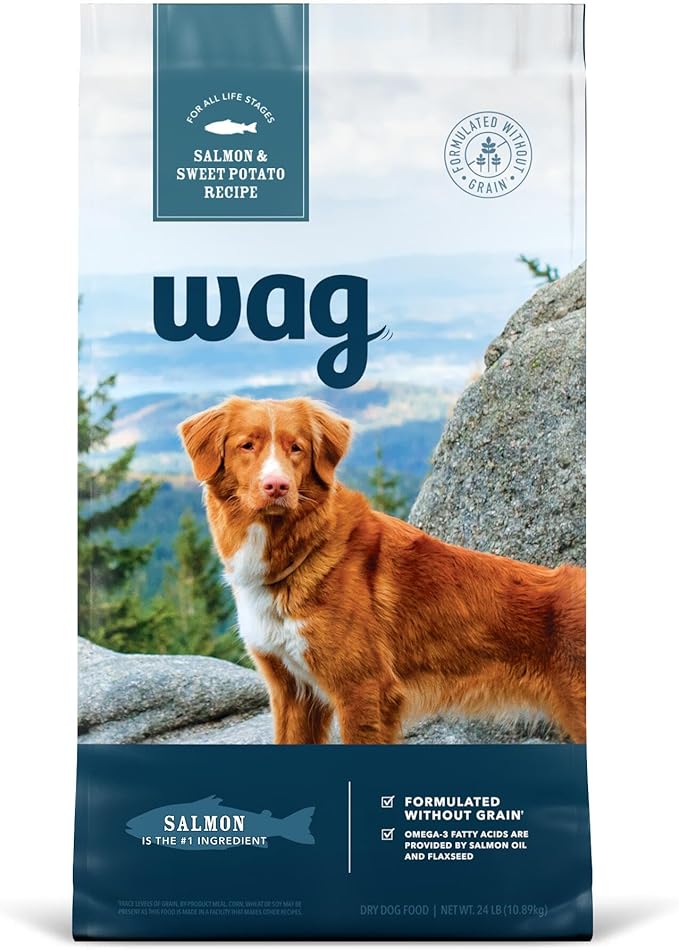
Table of Contents
What Is Grain-free Dog Food?
Grain-free dog foods are becoming popular among pet owners. These foods do not contain grains like wheat, corn, or barley. Many owners choose them for various reasons. They may think their dogs have grain allergies. Others believe these foods are healthier. Understanding what grain-free dog food is can help you make a better choice for your pet.
Grain-free dog food is a type of pet food made without grains. This includes foods like diamond grain free dog food. Instead of grains, these foods often use ingredients like:
- Meat
- Fish
- Vegetables
- Pulses (like peas and lentils)
These ingredients provide essential nutrients. They support a dog’s energy and health. Many grain-free options are available, including:
- Grain free soft dog food
- Grain free chicken free dog food
- Grain and chicken free dog food
Why Choose Grain-free Dog Food?
Some pet owners choose grain-free dog food for specific reasons:
- Possible grain allergies in dogs.
- More protein from meat sources.
- Better digestion for some dogs.
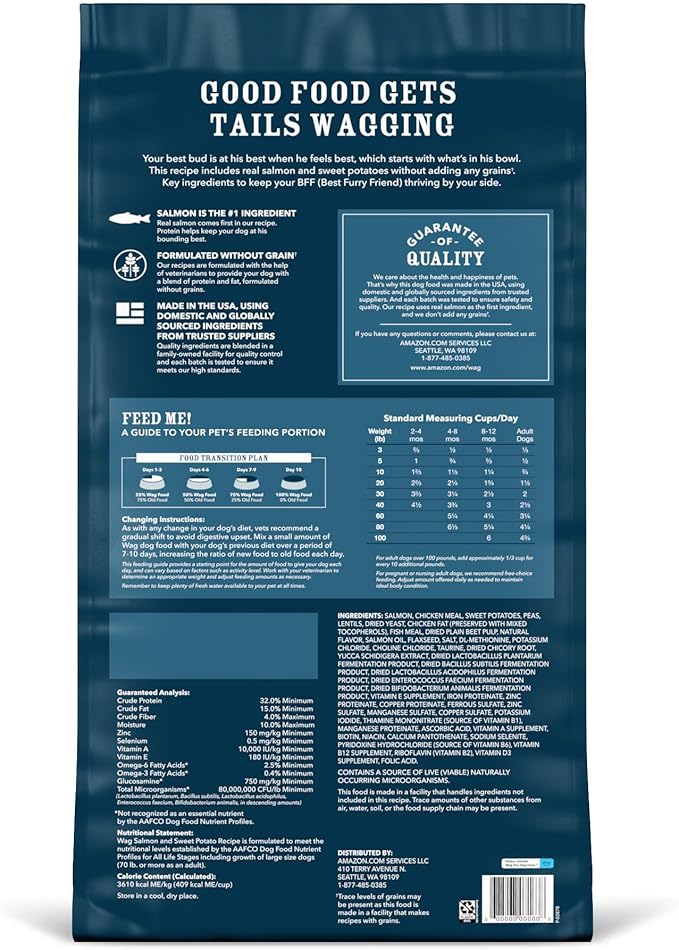
Not all dogs need grain-free food. Consult your vet for advice. They can help you decide if it’s right for your dog.
Common Ingredients In Grain-free Dog Food
Grain-free dog foods use various ingredients. Here are some common ones:
| Ingredient | Benefit |
| Sweet Potatoes | Good source of fiber and vitamins. |
| Chickpeas | High in protein and fiber. |
| Potatoes | Rich in vitamins and minerals. |
| Fish Meal | High protein and omega fatty acids. |
Choosing the right grain-free food is important. Always check the labels for ingredients. Make sure the food meets your dog’s nutritional needs.
Benefits Of Going Grain-free
Grain-free dog foods have gained popularity among pet owners. Many believe these foods can improve their dog’s health. The benefits of going grain-free include better digestion and relief from allergies. Choosing the right diet is crucial for your dog’s well-being. Grain-free options, like diamond grain free dog food, offer various advantages that many pet owners appreciate.
Improved Digestion
Many dogs struggle with digestion when eating grain-based foods. Grains can be hard for some dogs to break down. Switching to grain free dog foods can help. These foods often contain easier-to-digest ingredients.
Benefits of improved digestion include:
- Less bloating and gas
- Fewer stomach upset episodes
- Better nutrient absorption
Grain free soft dog food often includes high-quality proteins and vegetables. This mix can support better digestion. Many owners report that their dogs have more energy and vibrant coats after switching.
| Grain-Based Foods | Grain-Free Foods |
| Can cause digestive issues | Often easier to digest |
| May include fillers and additives | Focus on whole ingredients |
| Less protein diversity | Variety of protein sources |
Overall, grain-free diets can lead to noticeable improvements in your dog’s digestive health. A happy gut means a happy dog.
Allergy Relief
Food allergies are common in dogs. Symptoms can include itching, skin problems, and upset stomach. Many dogs are sensitive to grains. Choosing grain and chicken free dog food can help reduce these issues.
Switching to a grain-free diet can provide relief in several ways:
- Reduces itchy skin
- Minimizes ear infections
- Less gastrointestinal discomfort
Grain free chicken free dog food is an excellent option for dogs with chicken allergies too. Owners often notice a decrease in allergy symptoms after changing diets. This can lead to happier, healthier pets.
When selecting grain-free options, always check the ingredients. Look for foods with high-quality proteins and limited fillers. This ensures your dog gets the best nutrition possible.
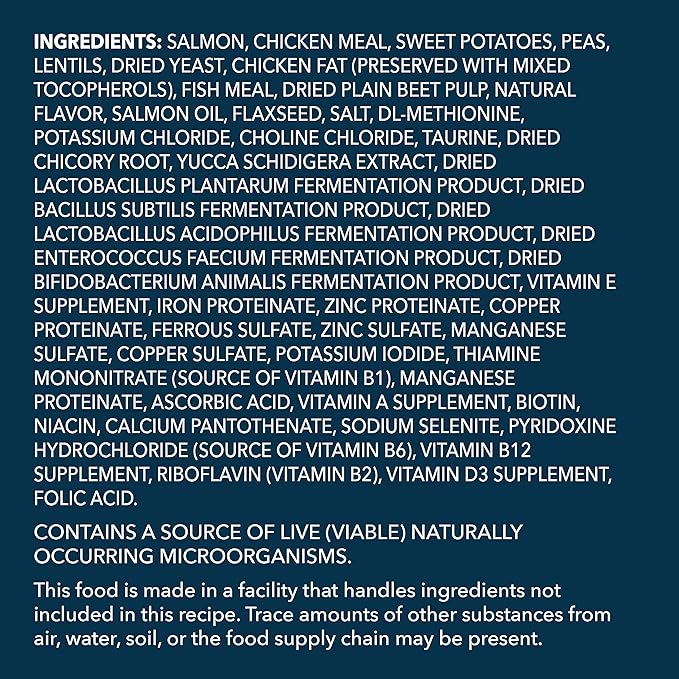
Common Ingredients In Grain-free Foods
Grain-free dog foods have become popular among pet owners. Many believe these diets are healthier for their dogs. They often contain high-quality ingredients that support overall well-being. Understanding the common ingredients in grain-free foods is essential. This knowledge helps you make informed choices for your furry friend.
Proteins
Proteins are a crucial part of grain-free dog foods. They provide the energy and nutrients dogs need to thrive. Grain-free options often include various protein sources. Here are some common proteins found in these diets:
- Chicken
- Beef
- Fish
- Lamb
- Turkey
- Pork
These proteins are not only tasty but also digestible. Some grain-free dog foods, like Diamond Grain Free Dog Food, feature a mix of these proteins. This helps create a balanced diet. It’s important to check for quality sources. Look for whole meats rather than meat by-products.
| Protein Source | Benefits |
| Chicken | High in protein and easy to digest |
| Fish | Rich in omega-3 fatty acids for healthy skin and coat |
| Lamb | Good for dogs with allergies |
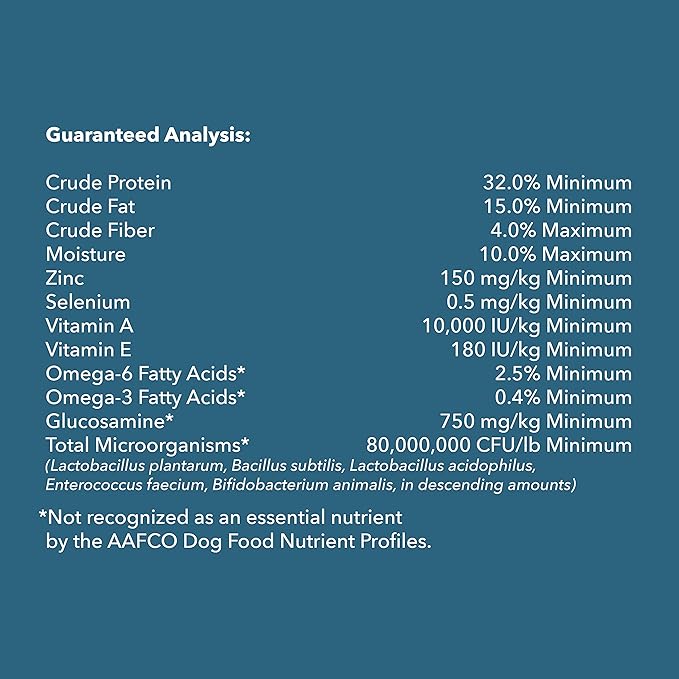
Some dog owners choose grain free soft dog food for easier chewing. Others may prefer options like grain and chicken free dog food for dogs with specific allergies. Always consult your vet before changing your dog’s diet.
Fruits And Vegetables
Fruits and vegetables play an essential role in grain-free dog foods. They provide vitamins, minerals, and antioxidants. These nutrients help support a dog’s immune system and overall health. Common fruits and vegetables in these diets include:
- Sweet potatoes
- Carrots
- Blueberries
- Spinach
- Pumpkin
Sweet potatoes are a great source of fiber. They promote healthy digestion. Blueberries are rich in antioxidants. They help fight free radicals in the body. Spinach offers various vitamins, including A, C, and K.
Many grain-free dog foods, such as grain free chicken free dog food, use these ingredients to enhance nutrition. They provide a more balanced diet without grains. Each fruit and vegetable adds unique health benefits. This variety helps keep meals interesting for dogs.
Read the ingredient list carefully. Look for whole fruits and vegetables rather than fillers. Quality ingredients make a difference in your dog’s health.
Popular Grain-free Dog Food Brands
Grain-free dog foods are popular among pet owners who want healthier options for their dogs. Many dogs may have allergies or sensitivities to grains. Grain-free diets often include high-quality proteins and healthy fats. This choice can improve a dog’s coat, energy, and overall health. Several brands offer grain-free options. Some are top-rated for their ingredients and nutritional value. Others are budget-friendly but still provide good nutrition. Here is a look at some popular grain-free dog food brands.
Top-rated Options
Many dog owners prefer top-rated grain-free dog foods. These brands focus on quality ingredients. They avoid grains like wheat, corn, and soy. Instead, they use meat, vegetables, and fruits. Here are some of the best options:
- Blue Buffalo Wilderness: This brand offers grain-free options with real meat as the first ingredient. Their recipes often include blueberries and carrots for added nutrition.
- Wellness CORE: Wellness CORE is known for high-protein recipes. They provide grain-free soft dog food with various meat sources, like turkey and chicken.
- Canidae PURE: Canidae PURE uses simple ingredients. Their grain-free chicken free dog food contains only eight key components.
- Diamond Grain Free Dog Food: Diamond focuses on quality and affordability. Their grain and chicken free dog food options are popular among budget-conscious pet owners.
Here’s a quick comparison table of these top-rated brands:
| Brand | Main Protein Source | Grain-Free |
| Blue Buffalo Wilderness | Chicken | Yes |
| Wellness CORE | Turkey | Yes |
| Canidae PURE | Duck | Yes |
| Diamond Grain Free | Beef | Yes |
Budget-friendly Choices
Choosing grain-free dog food does not have to be expensive. Several brands offer quality options at lower prices. These budget-friendly choices still provide good nutrition. They often have real meat and wholesome ingredients. Here are some affordable grain-free dog foods:
- Purina Pro Plan: This brand offers grain-free options that are both nutritious and affordable. Their recipes focus on real meat and essential nutrients.
- Victor Hi-Pro Plus: Victor provides high-protein, grain-free dog food. It is great for active dogs and comes at a reasonable price.
- 4Health: 4Health is a store brand from Tractor Supply Co. Their grain-free recipes use quality ingredients without high costs.
- Rachel Ray Nutrish: Rachel Ray offers grain-free options that focus on real meat. They are often priced lower than other premium brands.
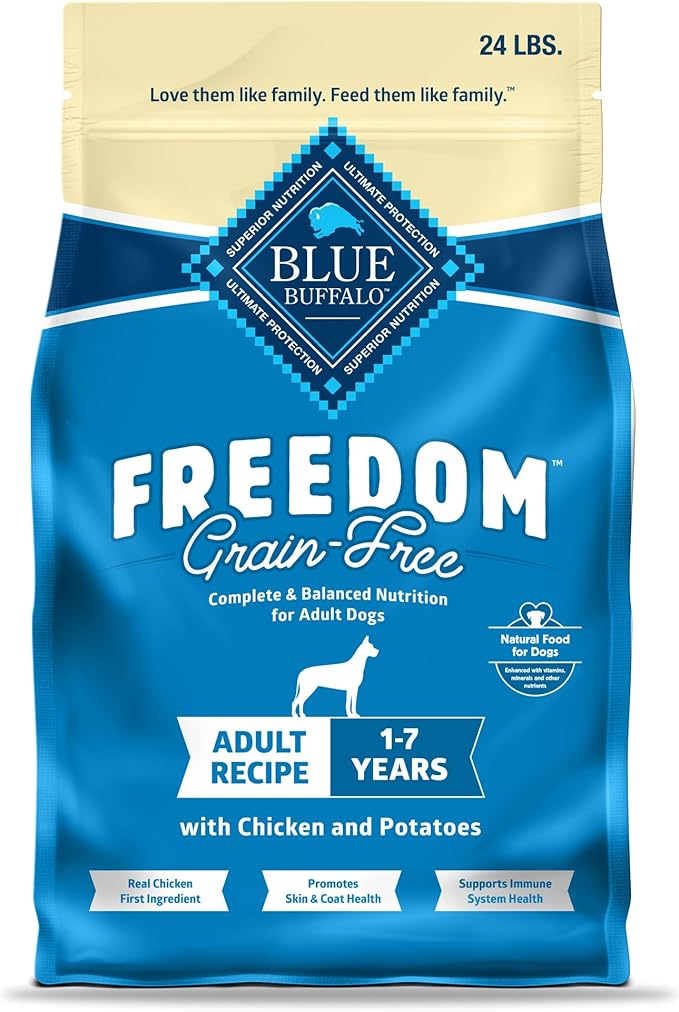
Here’s a brief overview of these budget-friendly brands:
| Brand | Main Protein Source | Average Price (per bag) |
| Purina Pro Plan | Chicken | $40 |
| Victor Hi-Pro Plus | Beef | $50 |
| 4Health | Lamb | $30 |
| Rachel Ray Nutrish | Turkey | $35 |
Potential Risks And Concerns
Grain free dog foods have gained popularity in recent years. Many pet owners believe these diets are healthier for their dogs. However, it’s essential to understand the potential risks and concerns associated with grain free options. Some dogs may not get all the nutrients they need. Others might face specific health issues. Knowing these risks helps in making informed choices for your furry friend.
Nutritional Balance
One major concern with grain free dog foods is nutritional balance. Dogs need a well-rounded diet to stay healthy. Grain free diets often replace grains with other ingredients like peas, lentils, and potatoes. While these can be good sources of protein, they may lack essential nutrients.
Here are some important nutrients to consider:
- Proteins: Vital for muscle growth and repair.
- Fats: Important for energy and skin health.
- Vitamins and minerals: Necessary for various body functions.
Some grain free dog foods, like diamond grain free dog food, provide a balanced diet. However, not all brands meet these standards. Reading labels is crucial. Look for foods that offer:
| Nutrient | Recommended Daily Amount |
| Protein | 18-25% of total calories |
| Fat | 8-15% of total calories |
| Fiber | 3-5% of total calories |
Consult a vet to ensure your dog gets a complete diet. Some grain free soft dog food options may not provide these nutrients. Always choose wisely.
Heart Health Issues
Heart health is another critical issue linked to grain free dog foods. Some studies suggest a connection between grain free diets and heart disease, particularly dilated cardiomyopathy (DCM). This condition affects the heart’s ability to pump blood. Certain breeds are more at risk, but it can affect any dog.
Symptoms of DCM include:
- Weakness or lethargy
- Difficulty breathing
- Coughing
Many grain free chicken free dog food brands are available. However, the ingredient list matters. High levels of peas and lentils may contribute to heart issues. It’s essential to monitor your dog’s health if you choose these diets. Regular vet check-ups are crucial.
Keep an eye on ingredients. Some grain and chicken free dog food options have safer formulations. Discuss your dog’s diet with a vet. They can help you find the right balance for your pet’s needs.
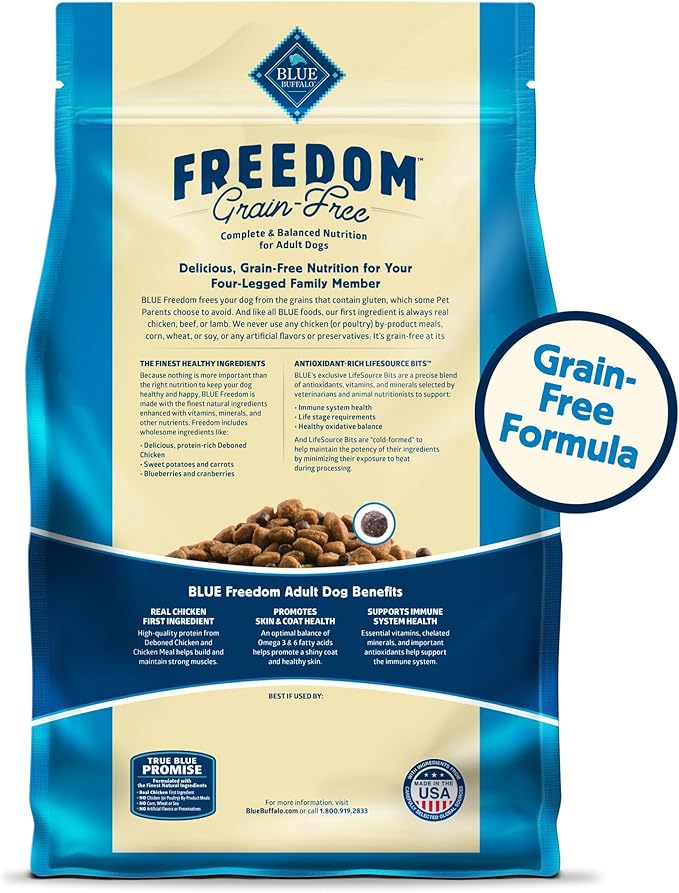
Transitioning To Grain-free
Transitioning to grain-free dog foods can improve your dog’s health. Many dogs have allergies or sensitivities to grains. Switching to a grain-free diet can help with digestion and energy levels. It may also lead to healthier skin and a shinier coat. This process requires care and attention to ensure your dog adjusts well.
Step-by-step Guide
Follow these steps to transition your dog to a grain-free diet safely:
- Choose the Right Food: Select a quality grain-free dog food. Options like Diamond grain-free dog food offer balanced nutrition.
- Gradual Introduction: Mix the new grain-free food with your dog’s current food. Start with a 25% new food to 75% old food ratio.
- Increase New Food: After three days, increase the new food to 50%. Monitor how your dog reacts.
- Continue Gradual Mixing: After another three days, increase to 75% new food and 25% old food.
- Full Transition: If your dog shows no signs of distress, feed only the new grain-free food after about two weeks.
Here is a simple table to help with the transition:
| Days | Old Food (%) | New Food (%) |
| 1-3 | 75 | 25 |
| 4-6 | 50 | 50 |
| 7-9 | 25 | 75 |
| 10+ | 0 | 100 |
Always check the ingredients. Look for quality sources of protein. Avoid fillers and artificial additives. Consider options like grain-free soft dog food or grain-free chicken-free dog food if your dog has specific allergies.
Monitoring Your Dog
Monitoring your dog during this transition is essential. Watch for any signs of discomfort. Common signs include:
- Vomiting
- Diarrhea
- Excessive scratching
- Changes in energy levels
Keep a close eye on your dog’s behavior. If any issues arise, consult your vet. It is vital to ensure your dog is healthy and happy. You may want to adjust the transition period based on your dog’s response. Some dogs may need a slower switch.
Take notes on your dog’s reactions. This will help you understand what works best. Pay attention to their stool quality. A healthy stool indicates good digestion. If your dog shows improvement, continue with the grain-free diet.
Consider using products like grain and chicken-free dog food for dogs with multiple sensitivities. Quality food supports better health. A successful transition leads to a happier, healthier dog.
Homemade Grain-free Recipes
Homemade grain-free recipes are a great way to provide your dog with healthy meals. Grain-free dog foods can help dogs with allergies or sensitivities. Making meals at home allows you to control the ingredients. You can choose what goes into your dog’s food, ensuring it is both nutritious and tasty. Using simple recipes, you can create meals that your dog will love. Plus, it can save you money compared to buying premium brands like Diamond grain free dog food.
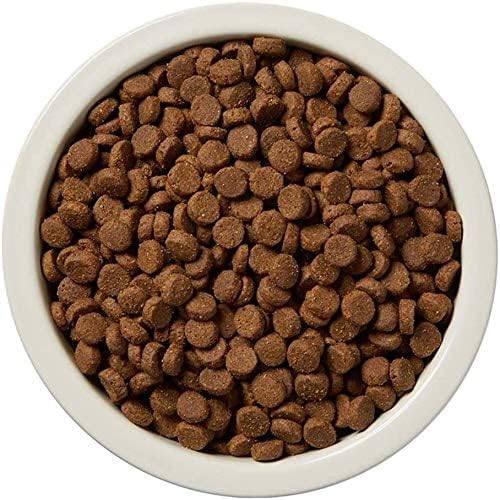
Easy Meal Prep
Preparing homemade grain-free meals for your dog is simple and quick. Start with fresh ingredients. You can use meats, vegetables, and some fruits. Here are some easy steps to follow:
- Choose a protein source: chicken, beef, or fish.
- Select vegetables: carrots, peas, or sweet potatoes.
- Mix in some fruits: apples or blueberries (in small amounts).
Here’s a simple recipe to try:
| Ingredient | Amount |
| Ground turkey | 2 lbs |
| Carrots (diced) | 1 cup |
| Spinach (chopped) | 1 cup |
| Blueberries | 1/2 cup |
| Olive oil | 1 tablespoon |
To prepare:
- In a pan, cook the ground turkey until browned.
- Add carrots and spinach. Cook until soft.
- Mix in blueberries and olive oil. Stir well.
- Let it cool before serving to your dog.
This recipe is grain free and easy to make. It’s a great alternative to grain free soft dog food.
Ingredient Swaps
Ingredient swaps can help you customize your dog’s meals. If your dog has specific needs, changing ingredients is easy. Here are some ideas:
- Swap chicken for turkey in recipes. This is good for grain free chicken free dog food.
- Use sweet potatoes instead of grains for a healthy carb source.
- Replace carrots with green beans for a different veggie.
Here are some common ingredient swaps:
| Original Ingredient | Swap With |
| Brown rice | Quinoa |
| Chicken | Beef |
| Peas | Carrots |
| Fish oil | Flaxseed oil |
These swaps help create a balanced meal. They ensure your dog gets the nutrients it needs. Experiment with different combinations. Make meals both enjoyable and healthy.
Grain-free Vs. Traditional Foods
Grain-free dog foods have become a popular choice among pet owners. Many believe these diets can lead to better health for their dogs. Grain-free foods differ from traditional dog foods. Traditional foods often contain grains like corn, wheat, and rice. Understanding the differences can help you choose the best food for your furry friend.
Nutritional Comparisons
Nutritional value is a key factor when choosing dog food. Grain-free dog foods often contain higher protein levels. They use meat, fish, and vegetables as main ingredients. Traditional dog foods usually have more carbohydrates from grains.
| Type of Dog Food | Protein Content | Carbohydrate Content | Common Ingredients |
| Grain-Free Dog Foods | High (25-40%) | Low (15-30%) | Meat, Fish, Vegetables |
| Traditional Dog Foods | Moderate (18-30%) | High (30-50%) | Grains, Meat By-products |
Choosing the right food impacts your dog’s health. Grain-free options can be beneficial for dogs with grain allergies. Many brands, like Diamond Grain Free Dog Food, provide balanced nutrition without grains. Others offer special formulas, like grain free soft dog food for easier chewing.
Here are some benefits of grain-free diets:
- Improved digestion
- Better coat condition
- Increased energy levels
Taste Preferences
Taste is important for dog food. Dogs often prefer foods with rich flavors. Grain-free dog foods usually have a meatier taste. This can appeal to picky eaters. Traditional foods may not offer the same level of flavor. Grains can dilute the taste of the meat.
Many dog owners notice their pets enjoy grain-free options more. Here are some reasons why:
- Strong meat flavors
- Variety of textures
- Less filler ingredients
Some dogs may have preferences based on their history. A dog raised on grain-free chicken-free dog food might prefer similar options. Others may thrive on grain and chicken free dog food if they have allergies. Testing different brands can help find the best fit.
In summary, grain-free diets often offer richer flavors and higher protein. They can cater to specific dietary needs. Consider your dog’s taste preferences and nutritional needs when choosing the right food.
Consulting Your Veterinarian
Choosing the right food for your dog is crucial for their health. Grain free dog foods have become popular. Many pet owners believe these diets can help with allergies or digestive issues. Consulting your veterinarian is essential before making changes. Your vet can provide tailored advice based on your dog’s needs and health history.
When To Seek Advice
Consulting your veterinarian should be a priority in several situations. Here are some key moments when seeking advice is beneficial:
- Your dog shows signs of food allergies, like itching or digestive problems.
- You are considering switching to grain free soft dog food or any new diet.
- Your dog has special dietary needs due to health conditions.
- You notice weight changes or unusual behavior after changing their diet.
Before switching to a new food, such as diamond grain free dog food or grain and chicken free dog food, discuss it with your vet. They can guide you on the best options for your dog’s health. For example, if your dog has chicken allergies, grain free chicken free dog food might be the right choice.
Here’s a simple table to help you understand when to contact your vet:
| Situation | Action |
| Signs of Allergies | Schedule a vet visit |
| Weight Changes | Consult your vet |
| Digestive Issues | Seek veterinary advice |
| Diet Change | Discuss with your vet |
Health Assessments
Your dog’s health is important. Regular health assessments help identify any underlying issues. These check-ups can determine if grain free dog foods are suitable for your pet.
During a health assessment, your veterinarian will:
- Evaluate your dog’s weight and body condition.
- Examine skin and coat for signs of allergies.
- Check for any gastrointestinal problems.
These factors can influence your dog’s diet. Your vet may recommend specific grain free dog foods based on their findings. For instance, if your dog is overweight, they may suggest a low-calorie grain free option.
Discuss any concerns with your vet. They can help you choose between options like grain free soft dog food or other suitable varieties. Keep track of your dog’s response to their new diet. Regular follow-ups ensure your dog’s health remains a priority.
Future Trends In Dog Food
The future of dog food is bright and full of possibilities. As pet owners become more aware of their dog’s nutrition, the demand for better options increases. Grain free dog foods are leading this trend. They offer a diet that mimics what dogs would naturally eat. Innovations in ingredients and a focus on sustainability shape the next generation of dog food. This shift reflects the desire for healthier pets and a healthier planet.
Innovative Ingredients
Pet food companies are experimenting with new and exciting ingredients. These ingredients aim to enhance nutrition and flavor. Grain free dog foods often use protein sources like:
- Peas
- Sweet potatoes
- Chickpeas
- Quinoa
- Potato
These ingredients provide essential nutrients and energy for dogs. A popular option is diamond grain free dog food, which combines high-quality proteins with wholesome vegetables. Another interesting trend is the rise of grain free soft dog food. This type is easier for older dogs to chew and digest.
Here’s a quick comparison of protein sources in grain free dog foods:
| Protein Source | Benefits |
| Peas | High in fiber, great for digestion |
| Sweet Potatoes | Rich in vitamins, supports vision and immunity |
| Chickpeas | Good protein source, helps maintain muscle |
Another trend is the development of grain free chicken free dog food. This option is perfect for dogs with chicken allergies. Pet owners want more choices that fit their dog’s needs. The focus on nutrition drives these innovations.
Sustainability Focus
Many dog food brands are now focusing on sustainability. They understand the importance of protecting the environment. This shift is crucial for the future of pet food. Sustainable practices include using locally sourced ingredients and eco-friendly packaging.
- Reducing carbon footprints
- Using renewable energy in production
- Minimizing waste in packaging
Brands like grain and chicken free dog food are stepping up to meet this demand. They offer products that are not only healthy but also environmentally friendly. This approach appeals to conscious pet owners.
Some companies are even exploring alternative protein sources, such as:
- Insects
- Plant-based proteins
These ingredients can lower the environmental impact of dog food production. The future of dog food looks promising with these trends. Sustainable practices will continue to grow as pet owners prioritize their pet’s health and the planet.



Frequently Asked Questions
What Are Grain-free Dog Foods?
Grain-free dog foods do not contain grains like wheat, corn, or rice. They use alternative ingredients like sweet potatoes or peas.
Why Choose Grain-free Dog Food For My Dog?
Many dogs may have grain allergies or sensitivities. Grain-free diets can help improve their health and reduce digestive issues.
Are Grain-free Dog Foods Better For All Dogs?
Not all dogs need grain-free foods. Consult your vet to see if it suits your dog’s needs.
What Ingredients Are Common In Grain-free Dog Foods?
Common ingredients include meat, fish, vegetables, and legumes. These provide the nutrients your dog needs.
Can Grain-free Dog Food Help With Dog Allergies?
Grain-free dog food may help some dogs with allergies. It can reduce allergic reactions related to grains.
Conclusion
Choosing grain-free dog food can be a smart choice. Many dogs benefit from diets without grains. These foods can help with allergies and digestion. Always check the ingredients for quality. Look for protein sources like meat or fish. Each dog is unique, so consider your pet’s needs.
Consult your vet for guidance. A good diet supports your dog’s health and happiness. Invest time in finding the right food. Your furry friend deserves the best. Make informed choices for a healthier life together.

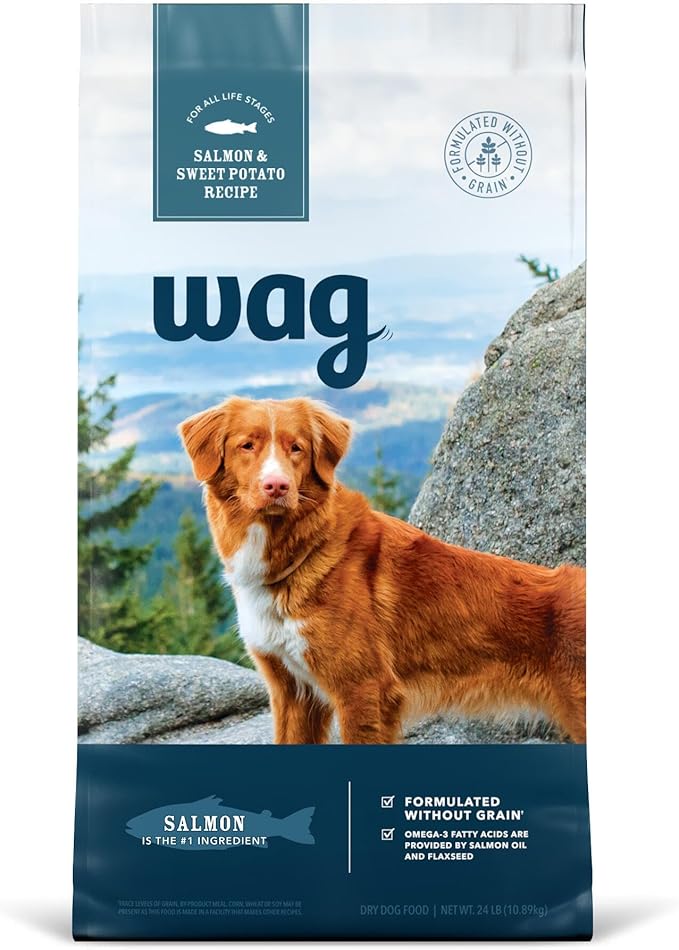
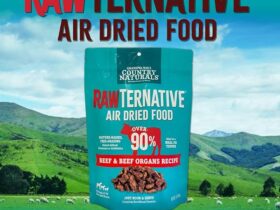
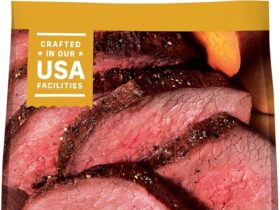

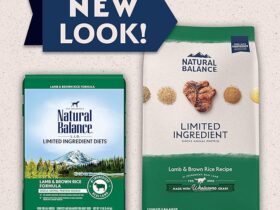
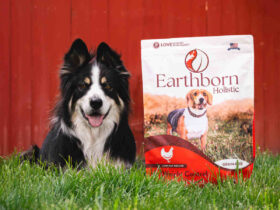

Leave a Reply